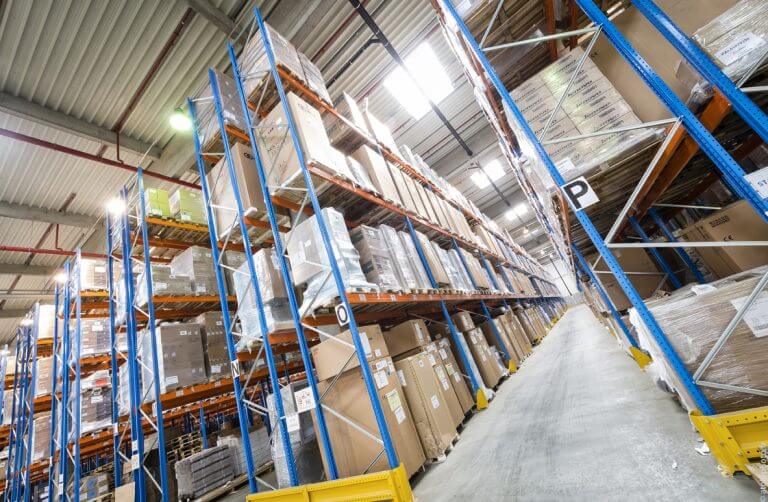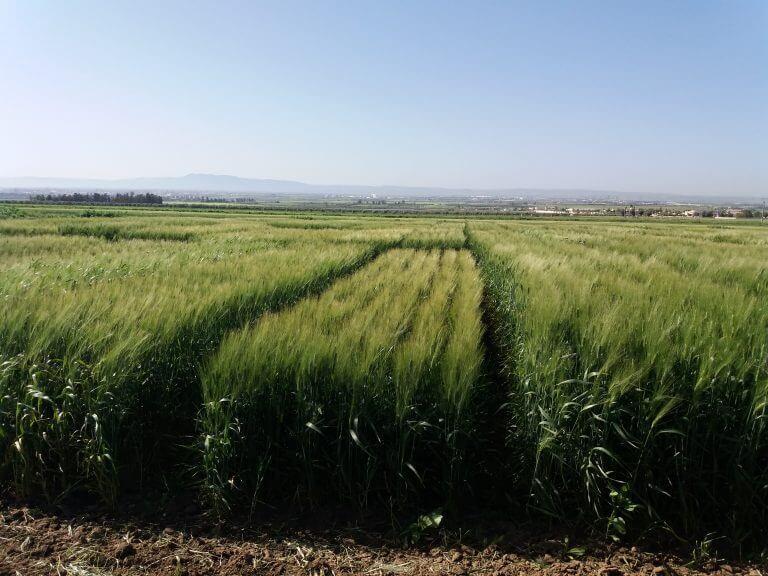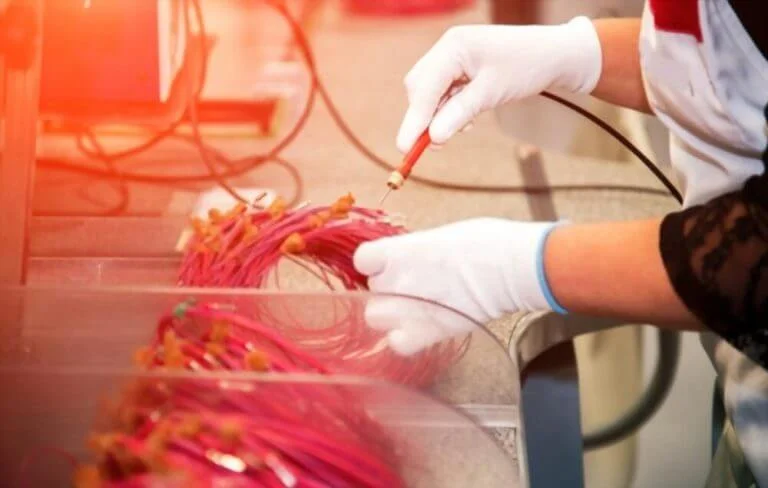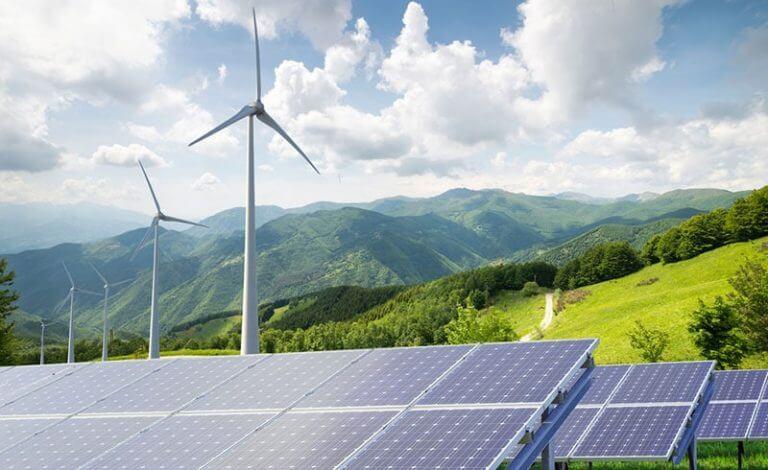National Development Strategies

National strategy for the development of logistics competitiveness
Presentation of the national strategy for the development of logistics competitiveness
The national strategy for the development of logistics competitiveness aims at finding the right answers for the development of the logistics sector, providing adequate solutions to the problems of goods flow management and satisfying the logistics needs of the various sectoral strategies.
The implementation of Morocco's new logistics strategy is based on five key areas:
Development and implementation of an integrated national network of 300 ha Multi-Flow Logistics Zones (MFLZ) by means of regional implementation contractsGoods flow Optimization and massificationUpgrading and encouraging the emergence of integrated and performing logistics actorsSkills development through a national training plan targeting logistics professionsIntroduction of a governance framework for the sector and suitable regulatory measures.Development of Multi-Flow Logistics Zones (MFLZ)
The development of Multi-Flow Logistics Zones (MFLZ) is accomplished by implementing an Integrated National Scheme, which consists of logistics activity zones gathering one or more types of logistics platforms: Distribution platforms (consumer products, equipment), Agro-marketing platforms (inputs, fruits and vegetables), Container platforms (containerized products), Building materials platforms (Wholesale or Retail), and Cereal’s platforms (wheat, corn, legumes, livestock feed)
Regional breakdown
Seven Multi-Flow Logistics Zones are scheduled on an area of 365 Ha: 100 Ha in Ras Elma, 33 Ha in Bensouda, 33 Ha in Kander Sidi Khiyar, 63 Ha in Agropolis, 17 Ha in Mejjat, 92 Ha in Meknes and 27 Ha in Taza (according to the regional agreement on the master scheme governing logistical zones in Fez-Meknes region).
A first phase of the ZLMF in Ras Elma is currently being prepared on an area of 32 Ha with a total investment of MMAD 300.


Agricultural strategy “Generation Green” 2020-2030
Presentation of the « Generation Green » strategy
The new agricultural « Generation Green » strategy is built on two principles:
First principle: Focus on human capitalSecond principle: agricultural development sustainabilityFocus on Human capital
Agricultural Development Sustainability
2021-2023 Industrial Recovery Plan (IRP)
Presentation of IRP
The PRI 2021-2023 aims at converting the global crisis into an opportunity for the Kingdom's industry to fit into new changing global value chains, and this, through a withdrawal of imports with an amount of BMAD 51, which was devoted to a set of projects.
IRP Projects
Bank of Industrial Projects
Overall, since the launch of the bank of projects, the Region is in a position to benefit from its assets to host 109 potential projects in the agribusiness industry, electrical and electronic industries, mobility and transport, textile industry, leather industry, chemical and parachemical industries, building materials, plastics and mechanical and metallurgical industries.


2030 National Energy Strategy
Presentation of the 2030 Energy Strategy
The National Energy Strategy has four key objectives and outlines four strategic orientations :
Key objectives : security of supply and availability of energy, widespread access to energy at reasonable prices, demand management and environmental protection.Strategic orientations : a diversified and optimized mix based on reliable and competitive technological options, the use of national resources through the increase in renewable energies, energy efficiency as a national priority and ultimately regional integration.Goals
By 2030, Morocco is looking forward to producing 52% of its energy from renewable sources. Therefore, programs have been implemented to further increase the electricity generation capacity from renewable sources with approximately 10,100 MW by 2030 through the construction of new wind farms and five solar power plants.
Regional implementation
The strategy is carried out through the launch of the " Taza wind farm " with a total capacity of 150 MW.
The first phase, which is currently nearing completion, includes the following components:
21 MW of power for the 1st phase27 wind turbines and a switchyard26 direct jobs during the operational phaseMMAD 472 of total Investment.





